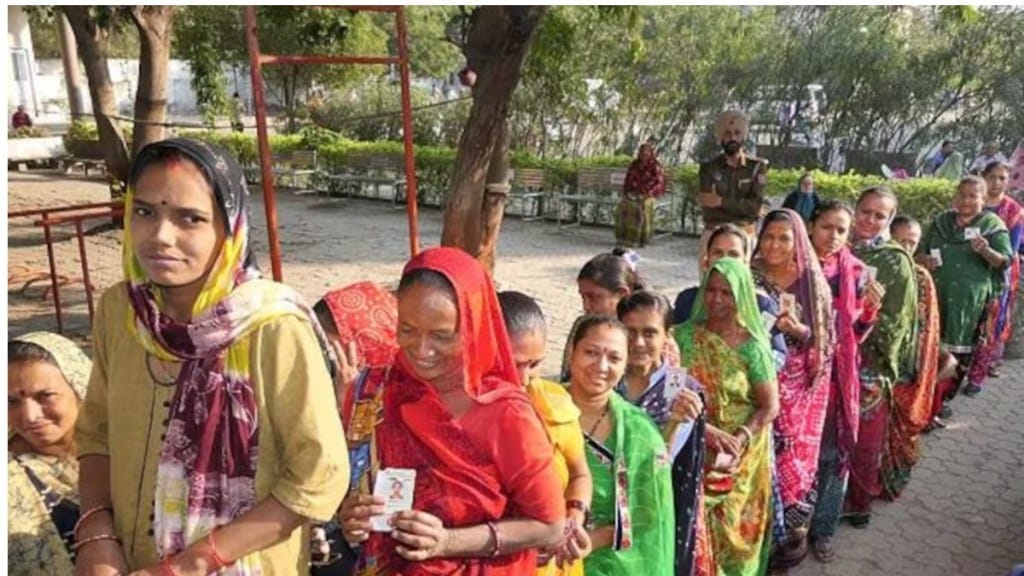Its high drama in Delhi. On the one hand, the Aam Admi Party is looking to come back for the fourth consecutive term, while on the other hand the exit polls indicate that BJP or the Bharatiya Janta Party (BJP) may have a chance to return to power in the national capital after almost three decades.
There are many interesting aspects at play in the current Delhi elections including the anti-incumbency factor, vote share, preferences of various voting segments like women, schedule caste and of course the religious bias..
The 4 key factors to watch out for in Delhi election results
Here is a look at the major factors to watch as we await the election results for the 70 seats contested in Delhi
Who would the middle class prefer
The Budget targetted wooing the middle class back. Finance Minister Nirmala Sitharaman, in a definitive and calculated manner has targetted Budgetary initiatives that can put more money in the pockets of the middle class? The question is how could this materially impact the fortunes of BJP in Delhi.
The Middle class account for over 65% of Delhi’s voting population. The Indian Express, citing a 2022 report by People Research on India’s Consumer Economy (PRICE) indicated that 28.26 lakh households comprise the middle class in Delhi. It is therefore unsurprising that their decision will have a key impact in Delhi election results. In the last two elections in 2015 and 2020, the middle class clearly favoured AAP. Question is who did they prefer this time. Some exit polls indicated that the vote share for AAP went down while BJP gained ground.
Vote share
In fact, most exit polls indicate that while BJP has seen a steady rise in voting share, AAP’s share has been on the decline. Congress’ share has also seen significant decline over time. While the Congress, in alliance with INDIA bloc and AAP still could have a shot at forming government, if the joint numbers reach quorun levels, BJP might have a chance too if the alliance fails.
Women
In legislative elections across the country, we have see women voters playing a key role. The various state Governments have been wooing women voters with a variety of schemes and freebies. It is no different for Delhi. In fact, if we trace the 2020 results in Delhi, AAP’s free travel for women scheme was a key deciding factor for the party’s fate. AAP has done it again and announced a series of schemes including Rs 2,100 financial asisstance for women who do not pay taxes, subsidised cyliners, better pensions and may health grants. The BJP and Congress too have promised financial asisstamce of Rs 2,500 each.
Muslim vote share
Vote share trends in Delhi’s muslim dominated areas indicate that AAP has seen a drop in almost 10 of the 23 key seats while BJP is seeing a steady uptick in the votinh share. Could BJP gain from a split mandate. The voting trends in areas affected by 2020 riots in North Delhi would be crucial. Nearl 13% of Delhi’s population comprises of Muslims and are often considered as gamechangers in the election battles. AAP had a sweeping victory in 2020. Can there be an encore in 2025?


